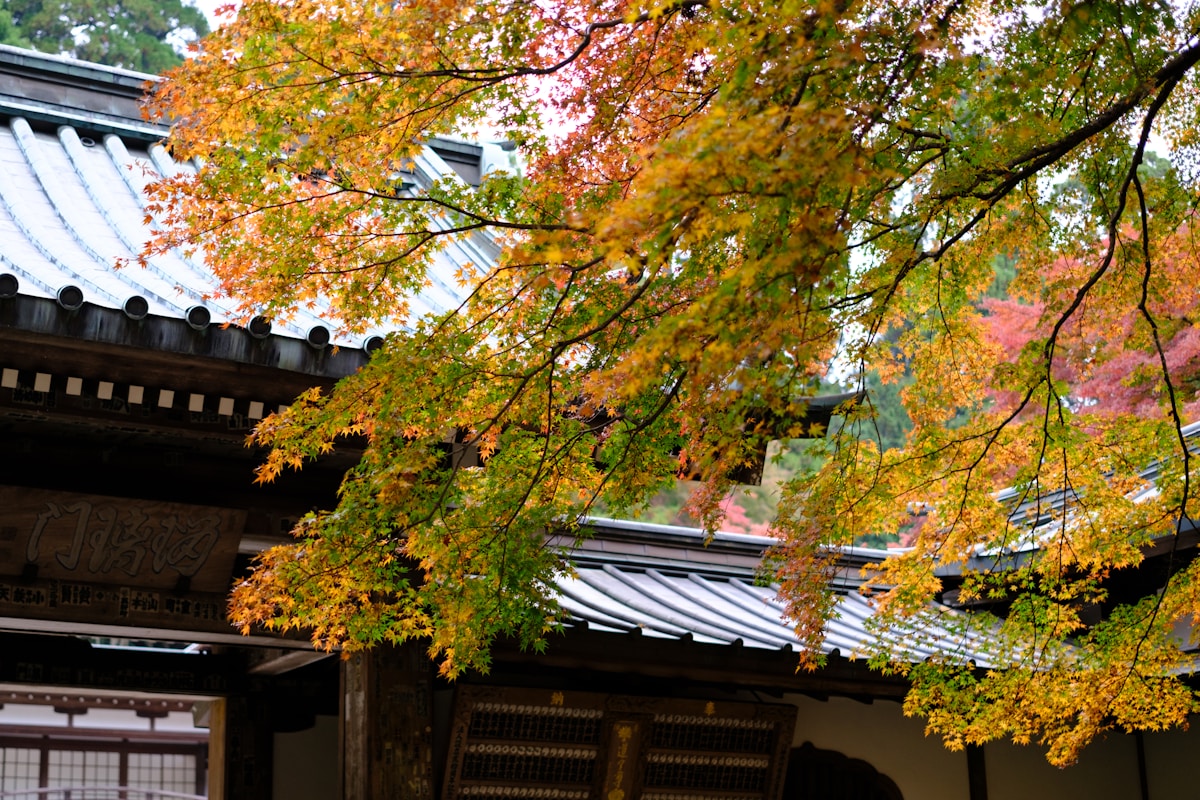Introduction to Kyoto’s Cultural Heritage
Kyoto, once the capital of Japan, is a city that embodies the essence of Japanese culture and history. With its stunning temples, traditional tea houses, and breathtaking cherry blossoms, Kyoto offers a unique glimpse into the country’s rich past. This article will guide you through the cultural wonders of Kyoto, highlighting key attractions and experiences that make this city a must-visit destination.
Historical Significance of Kyoto
Founded in 794 AD as the capital of Japan, Kyoto has been the heart of Japanese culture for over a millennium. It is home to numerous historical sites, many of which are UNESCO World Heritage Sites. The city’s preservation of traditional architecture and customs allows visitors to step back in time and experience the Japan of old.
Key Historical Periods
- Heian Period (794-1185): The golden age of art and culture in Japan, where many of the city’s famous temples and gardens were established.
- Muromachi Period (1336-1573): The rise of Zen Buddhism led to the creation of iconic Zen gardens and tea ceremonies.
- Edo Period (1603-1868): A time of peace and stability that allowed arts and crafts to flourish, contributing to Kyoto’s cultural legacy.
Must-Visit Temples and Shrines
Kyoto is renowned for its stunning temples and shrines, each with its own unique history and architectural style. Here are some of the most notable:
Kinkaku-ji (Golden Pavilion)
Kinkaku-ji is a Zen Buddhist temple covered in gold leaf, reflecting beautifully in the surrounding pond. It is a symbol of Kyoto’s elegance and tranquility.
Fushimi Inari Taisha
This iconic shrine is famous for its thousands of vermillion torii gates that lead up the sacred Mount Inari. It is a popular site for both tourists and locals, especially during the early morning hours.
Kiyomizu-dera
Perched on a hillside, Kiyomizu-dera offers breathtaking views of the city and is particularly stunning during cherry blossom season. The main hall is built without the use of nails, showcasing traditional Japanese carpentry techniques.
Traditional Tea Houses and Tea Culture
Tea culture is an integral part of Kyoto’s identity. The city is home to numerous traditional tea houses where visitors can experience the art of tea ceremony.
What to Expect in a Tea House
- Atmosphere: Traditional tea houses are often set in serene gardens, providing a peaceful escape from the bustling city.
- Tea Ceremony: Participate in a ritual that emphasizes harmony, respect, purity, and tranquility.
- Types of Tea: Sample various types of matcha (powdered green tea) and learn about their significance in Japanese culture.
The Beauty of Cherry Blossoms
Cherry blossoms, or sakura, are an iconic symbol of Japan, and Kyoto is one of the best places to witness this breathtaking spectacle. The cherry blossom season typically occurs in late March to early April, attracting visitors from around the world.
Best Viewing Spots
- Maruyama Park: A popular spot for hanami (flower viewing) parties beneath the cherry trees.
- Philosopher’s Path: A scenic walkway lined with hundreds of cherry trees, perfect for a leisurely stroll.
- Heian Shrine: Features a beautiful garden with cherry trees that bloom in stunning colors.
Cultural Festivals in Kyoto
Kyoto hosts numerous festivals throughout the year, showcasing its rich traditions and community spirit. Here are a couple of the most famous:
Gion Matsuri
Held in July, Gion Matsuri is one of the most famous festivals in Japan, featuring elaborate floats and traditional clothing. The festival celebrates the local deity and involves various events, including processions and performances.
Aoi Matsuri
Taking place in May, Aoi Matsuri is known for its elegant procession of participants dressed in Heian-era clothing. The festival is dedicated to the Kamo deities and includes rituals at several shrines.
Conclusion: A Journey Through Time
Kyoto is a city that offers a profound connection to Japan’s cultural roots. From ancient temples and serene tea houses to the stunning beauty of cherry blossoms, every corner of Kyoto tells a story. Whether you’re a history enthusiast, a nature lover, or someone seeking spiritual enlightenment, Kyoto provides an unforgettable journey through the heart of Japan’s cultural heritage.

